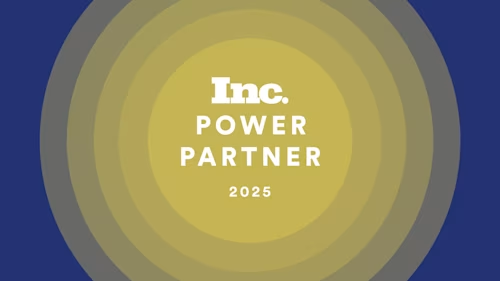
Using the “3 E’s” to Optimize State and Local Hiring and Employee Engagement
To overcome staffing shortages and antiquated processes, many government agencies are digitizing their HR workflows with people-centric automation capabilities.
Table of contents

Government HR departments need to digitize their paper-based recruitment, hiring and onboarding processes to attract and retain the best talent.
HR professionals spend roughly three-quarters of their time on administrative activities. These processes are often time-consuming and paper-based, making it more difficult for HR departments to hire and retain the best talent. After all, slow hiring processes and outdated tools deter potential employees who are used to convenient digital experiences in their daily lives.
This is a significant challenge for state and local HR departments already dealing with worker shortages. The Center for American Progress found last spring that state and local governments employ 695,000 fewer people than before the pandemic.
To overcome the challenges of staffing shortages and antiquated processes, many government agencies are digitizing their HR workflows with people-centric automation capabilities. This allows for faster and more efficient recruitment and hiring workflows, reducing the risk of losing qualified candidates due to lengthy and often frustrating processes. Digitized processes also help people do their jobs more efficiently, enhancing the employee experience and improving retention.
People-centric automation and the “3 E’s”
People-centric automation is all about embracing innovations that prioritize employees’ needs. Engagement, Efficiency and Effectiveness are the three pillars of this new HR paradigm.
Understanding the key moments in the processes that matter most to the workforce helps identify the specific areas to focus on to enhance the employee experience.
Technology solutions can then be identified to create immersive, easy-to-use, engaging experiences that drive efficient and effective outcomes.
1. Engagement
Today’s professionals, particularly young workers, want meaningful work experiences that support the overall mission, whether they work from home, the office or both. Excessive paperwork often takes time away from more satisfying and impactful work—ultimately hindering employees’ passion for public service.
First impressions during the hiring and onboarding stage have a lasting impact—a study by PwC found that nearly half (49%) of job seekers have turned down an offer because of a negative experience during the hiring process.
HR departments can take a positive step by digitizing their end-to-end hiring and onboarding processes to keep their employees and candidates engaged. Modern digital HR platforms streamline the necessary paperwork and keep applicants and new hires updated on the status of their applications. These solutions also reduce the time it takes to move applicants through the hiring process.
2. Efficiency
Digitizing HR workflows improves the employee experience and eliminates inefficient and redundant steps in the process, enabling new employees to add value to the organization more quickly.
Reviewing all current service delivery models and considering employee preferences and hybrid workplace realities is a great place to start.
For example, employee timecards, compensation plans, policy agreements, employee handbooks and leave request forms can all be digitized. It’s also possible to digitize the processes and paperwork for employee training programs for licensing and certifications.
3. Effectiveness
Lastly, digital solutions help increase staff productivity and effectiveness, allowing employees to work smarter, not harder.
For example, before the pandemic, the Utah Department of Technology Services developed a plan to have 30% of its workforce teleworking by 2021, with a goal of ramping up to nearly 50% by 2025.
To make this a reality, the department set up a centralized task management system to measure productivity and track and share projects with managers. The department also embraced video conferencing solutions with closed captioning for transcribing meetings.
By leveraging modern digital technology, HR departments can improve the employee experience, allowing team members to focus on doing what they do best—meeting the government’s public service mission.
We can help
Docusign works closely with state, local and federal government agencies to modernize their agreement processes, including transforming from paper to digital interactions that streamline the constituent experience.
To learn how your agency can meet constituents where they are and deliver services faster, visit Docusign for Public Sector. And to read the full version of this article, visit Route Fifty.
Related posts
Docusign IAM is the agreement platform your business needs




